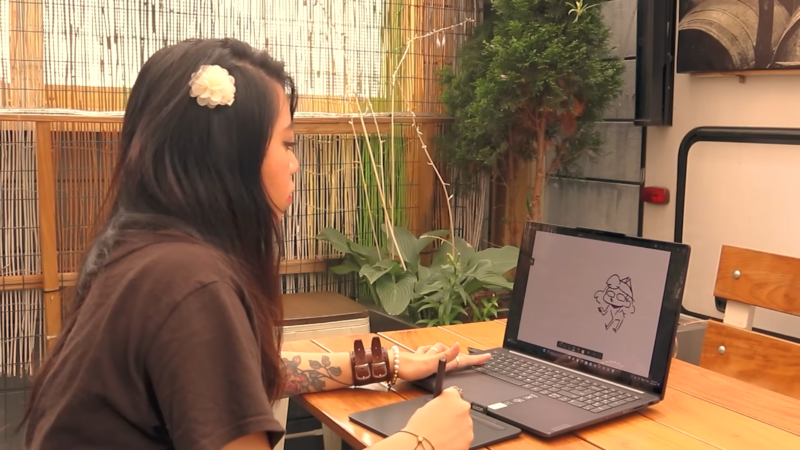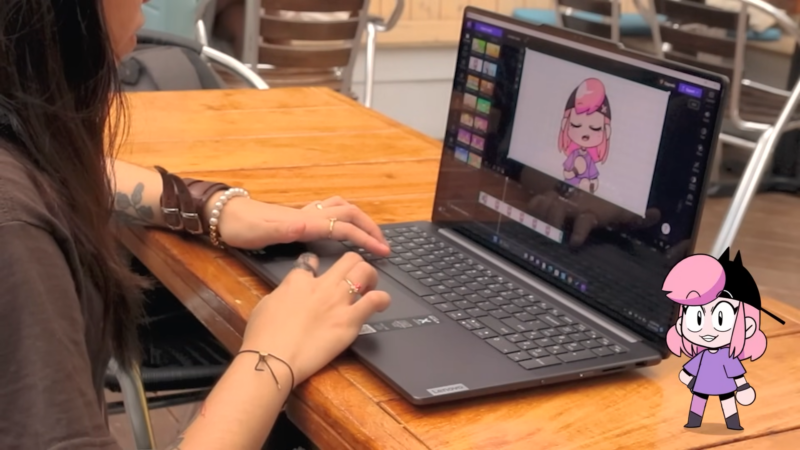One of the best ways to make a story more engaging is to present it through an animated video. It’s way cheaper than filming a classic ad that would involve real actors. Also, it provides high value no matter the area. For example, it can be excellent promotional content, educational content, or informative one, with facts, charts, and other data.
But making an animated video also requires certain skills and experience. If you are tight with your deadlines, and you are not pretty fond of the use of advanced tools required to make it, the best solution is to hire professionals who can make it for you fast, and with high quality. Therefore, be sure to check out Synima.
However, that is only an instant solution. And if you are planning to release a lot of animated stories, you should start learning how to make it on your own. And getting to know the process is the first step to begin with. Here are the key steps for making animated videos.
Start with a Proper Research

First of all, it depends on the topic. The approach is not the same when creating a video just for fun, and when you want to include educational or informational content.
And the best way to find a proper solution is to see what others are doing. We are not saying that you should strictly follow other examples, but they can give you a clearer picture of how to begin with your script.
And research is more than just watching other videos. You should gather a team, and brainstorm some ideas.
The Next Step is the Concept
It is not so simple to come up with the right idea at the beginning. That’s why having a concept is so important. Keep in mind that it may face a lot of changes over time. The concept and research should go together.
Also, the script is the base of your video. You will make it according to the story you come up with. So the best examples can be found on YouTube where you can learn more about how the video should follow the main story.
Choose a Proper Design

The first step before you actually start with the video-making process is to decide on the style and tone of voice of your video. It must be related to the topic. Keep in mind that there are many details that can make a difference here, such as colors, transitions, pace, additional animations, and more.
If the animated video is going to be part of your promotional campaign, then you should pay even more attention to the color pallet since it can highlight certain values. For example, red is for passion and action, orange is a great way to highlight that you are promoting something creative, yellow is for positive thoughts, and green is for nature, youth, and growth.
Someone Will Need to Create a Voice-Over
Keep in mind that this can also have a huge effect on the overall video. And not everyone are good for this part. A person behind the voice-over must be able to follow the script, including its energy and narrative.
If you are not sure who in your company could do this, you can hire external support by finding someone experienced with this. A good voice actor will bring even more energy and make the video more engaging.
Editing

This is the most complex part of the process. It requires advanced skills and experience with video editing tools. Making an animated video involves a lot of sketches. Each sketch must follow a clear outline and story.
The most important thing is to never rush. You can go through all sketches with just one shot. The best approach is to start with simple drafts and follow the main story. After that, you can go back over and over and start implementing additional elements like the background, animations, colors, effects, and other elements.
The final step in editing is the animation. It’s the process that will combine all those drafts into a video. And it can be quite complex as well, with effects like rigging, combining keyframes, in-betweening, interpolation, and more.
Sound Effects
An animated video without a sound will be just a fast-paced PowerPoint presentation. It is crucial to set sound effects that will follow the main story. Pay attention that there are always sounds in the background, but in a way where it won’t affect the voice, or to break from the main topic. It has to be synchronized.
Integration
One of the last steps is to connect all the dots together and complete the final draft. It is a stage where you can once again go through all sections and see if certain elements are missing, is the sound appropriate and related to the topic.
Also, only a few milliseconds of voice-over that are breaking apart from the animation can cause issues. The post production is all about fixing these small details and integrating all bits together.
The most important thing related to integration and post-production is to watch the whole video over and over again. You can also send it to colleagues for reviews, or to watch it together. Keep in mind that others may notice certain flaws before you, especially if you are still in the editing process.
The Bottom Line
And there you have it. You can see that focus and patience are also very important. You cannot skip any of these parts since that will only slow you down in the end.
Understanding the principles of information security is equally crucial, ensuring that your project remains secure and protected against potential threats.
So take your time, research the topics, and start crafting simple drafts that can be later turned into interesting animations. Once again, the crucial part is related to the main purpose of your video.
To tell a story in the right way, all of these elements must be put together in the right way. And always review for several times and be ready for additional changes and editing before releasing the complete project.

